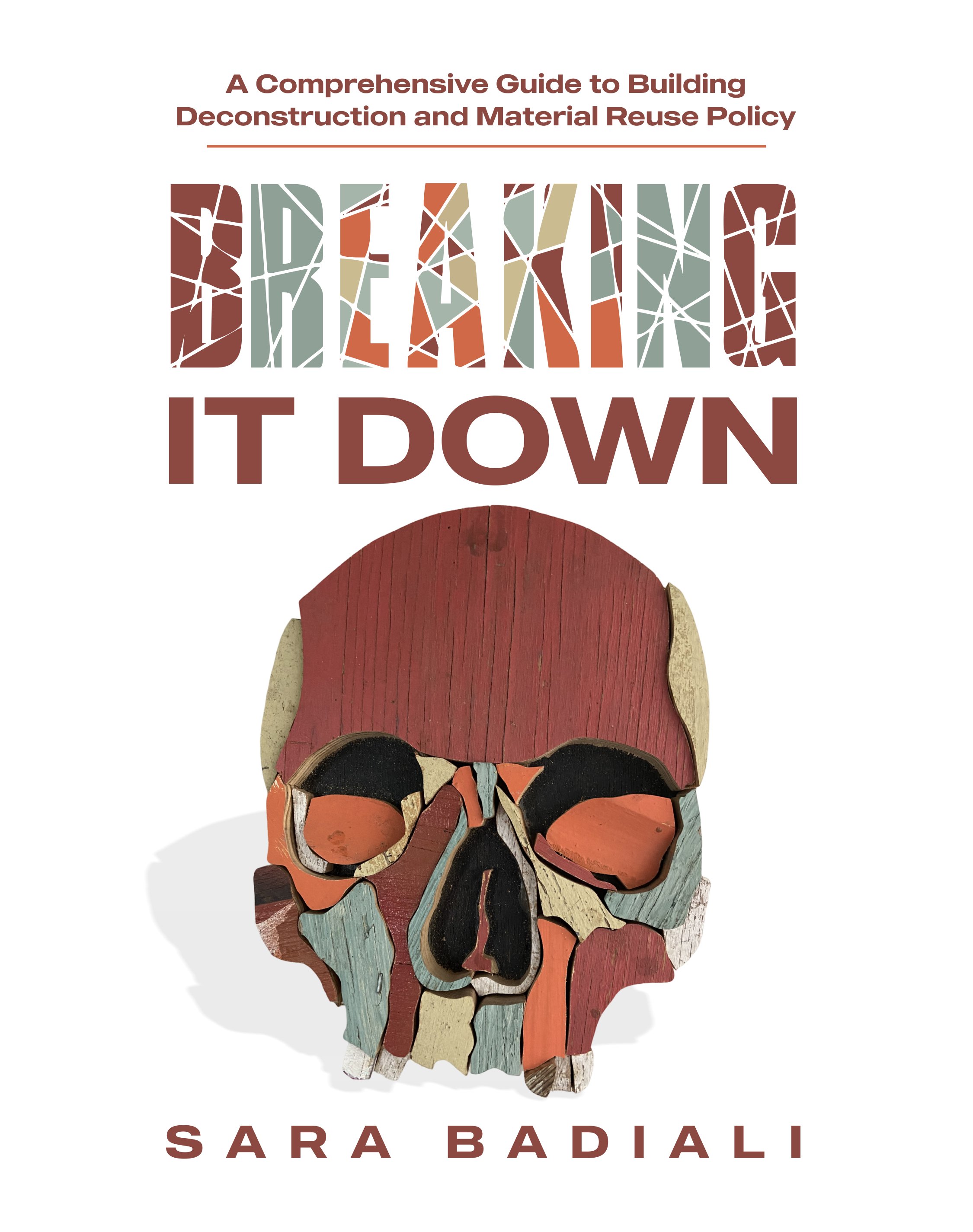Sara Badiali
Circularity Consultant Portland, Oregon
Meet Sara Badiali, a visionary consultant specializing in circular economies through building recycling.
Sara's expertise extends to education, sustainable materials management, and she played a pivotal role in Portland's Building Deconstruction Ordinance. She's the Founder of Reclamation Administration, a groundbreaking database that provided insights into building material reuse and sustainable practices for thirteen years. She collaborates with artists and advocates for policy changes in construction and demolition through her published work.
Sara is a true leader in transforming defunct buildings into sustainable assets.
Get in touch.
Whether you have a specific project in mind or simply want to explore how my consulting services can benefit your community, I am here to help. Fill out the form below, and I’ll get back to you promptly.



